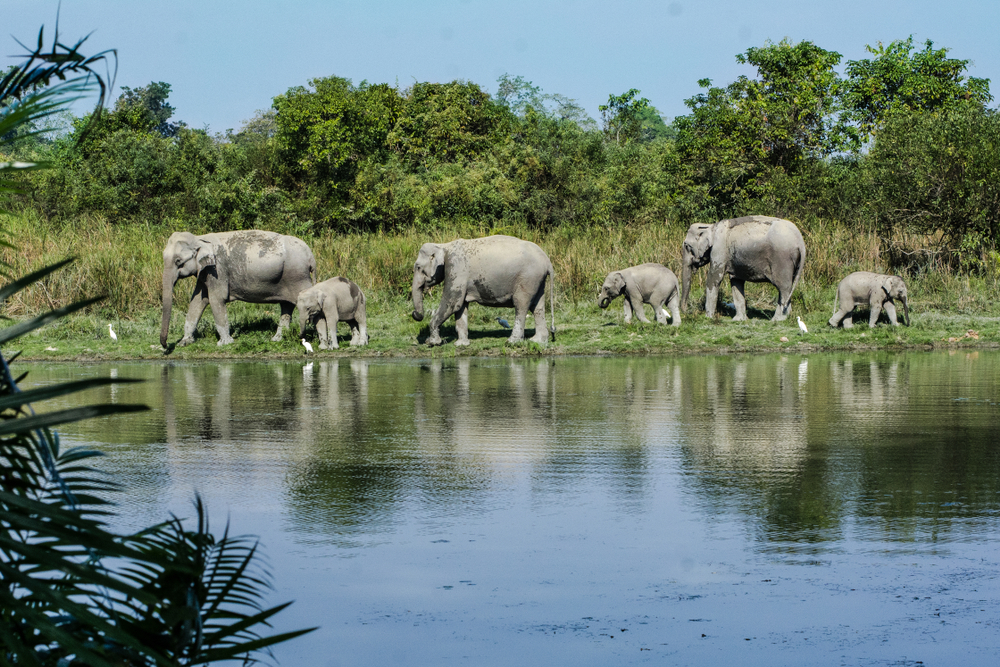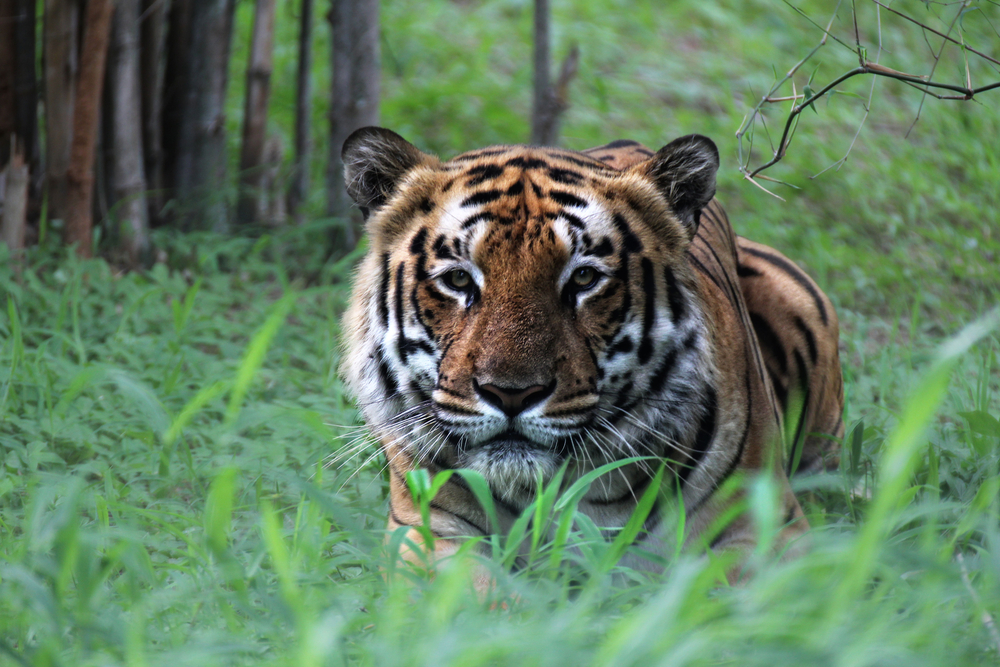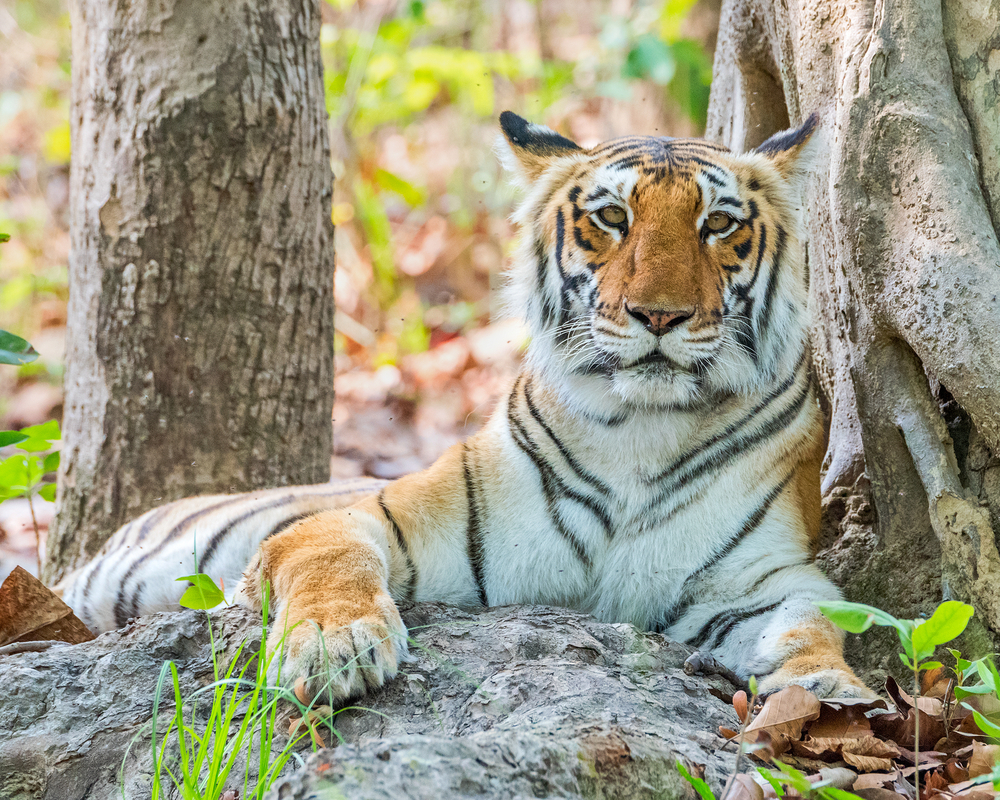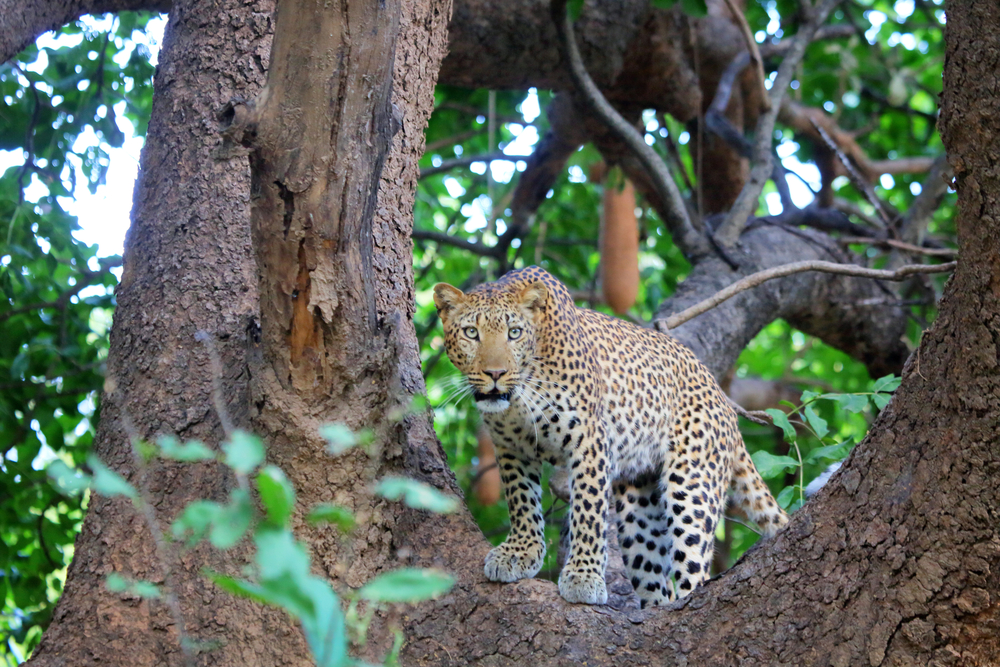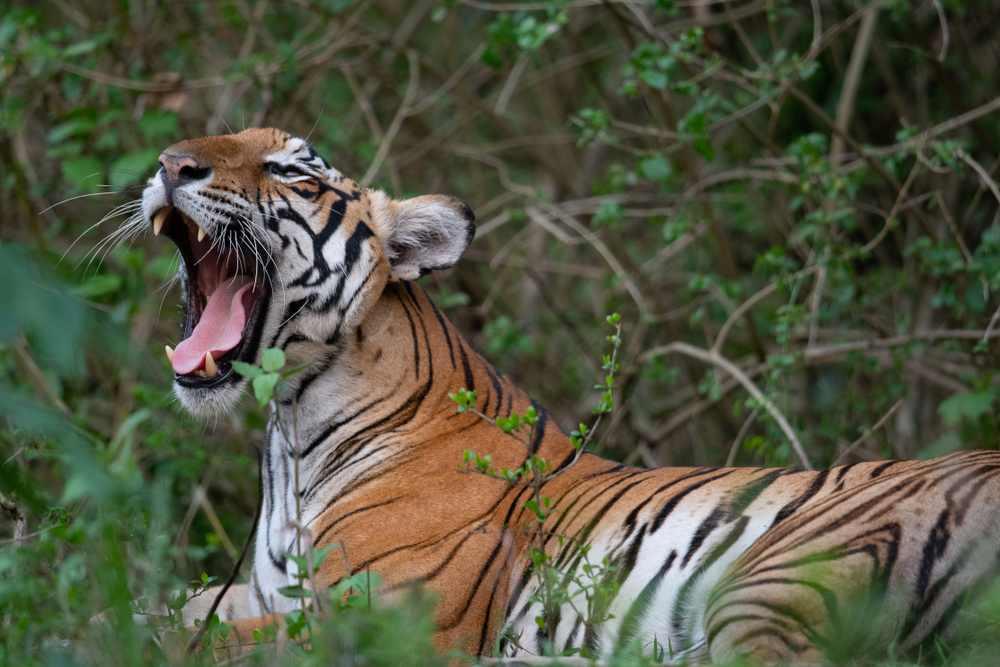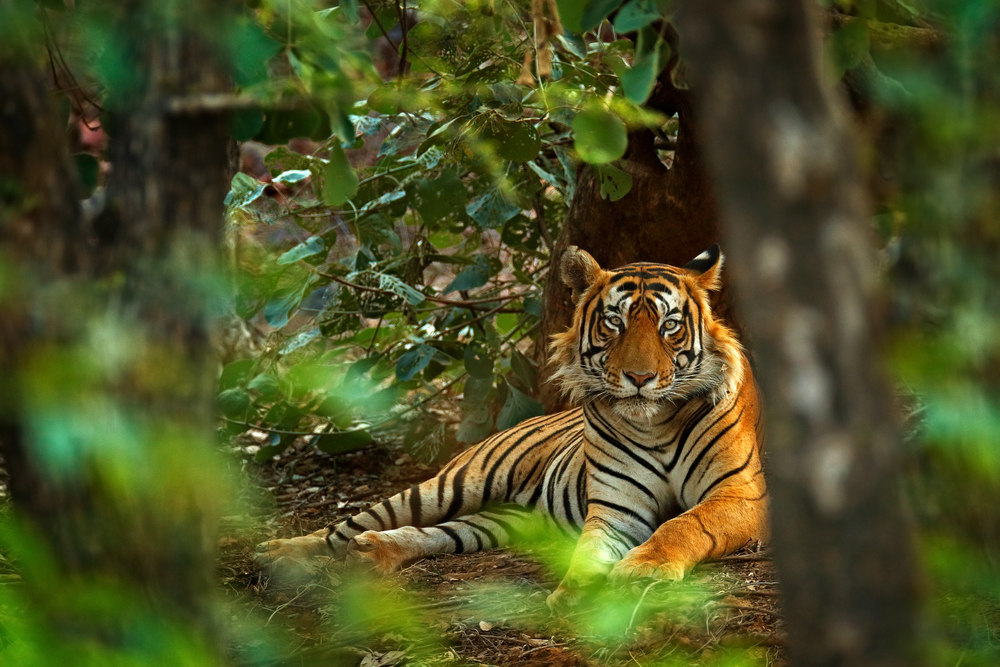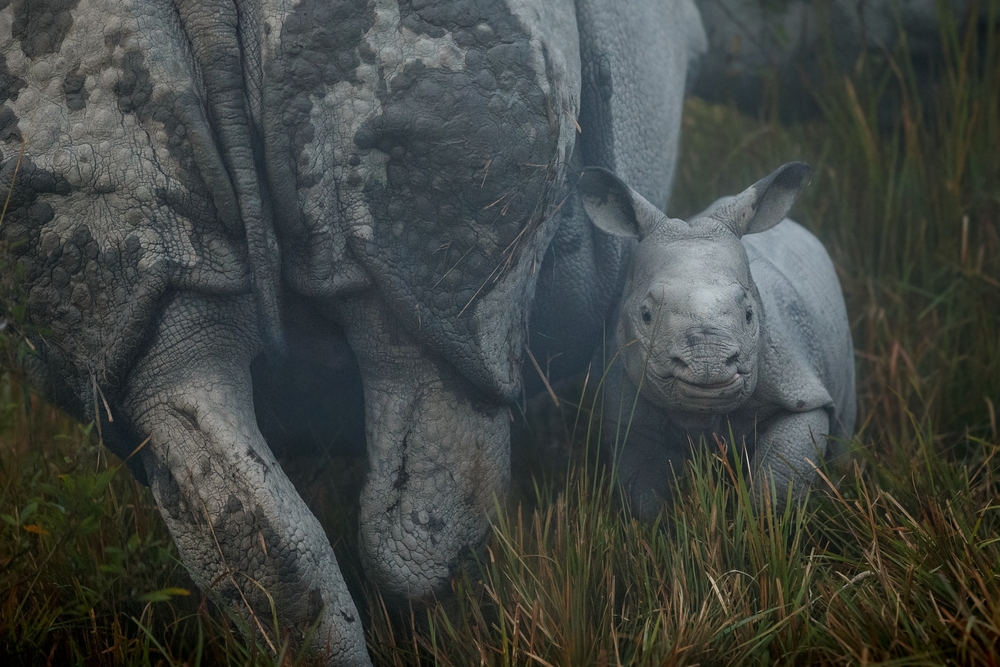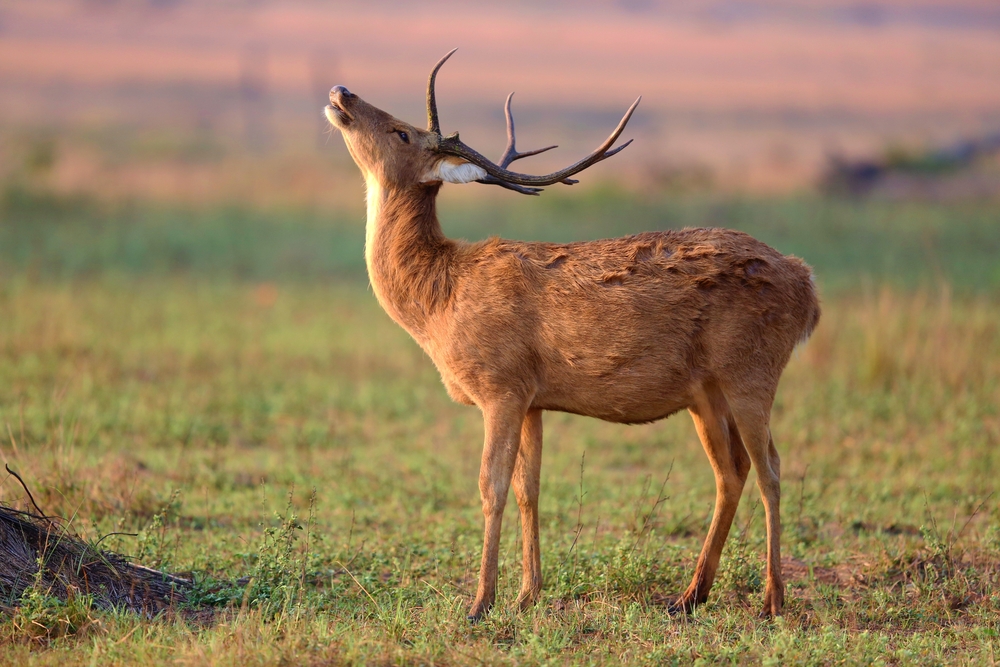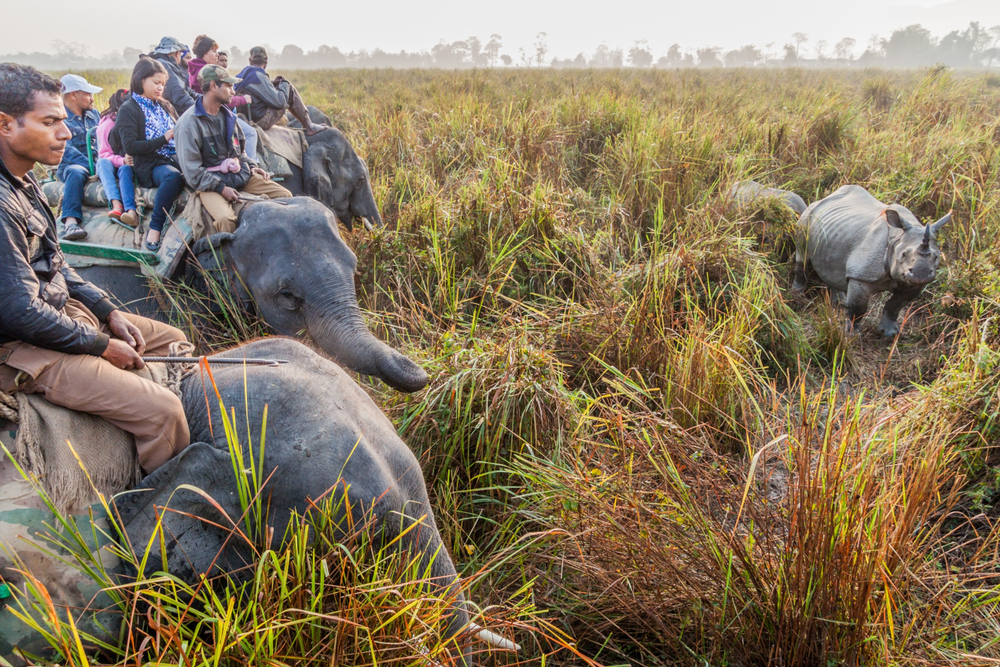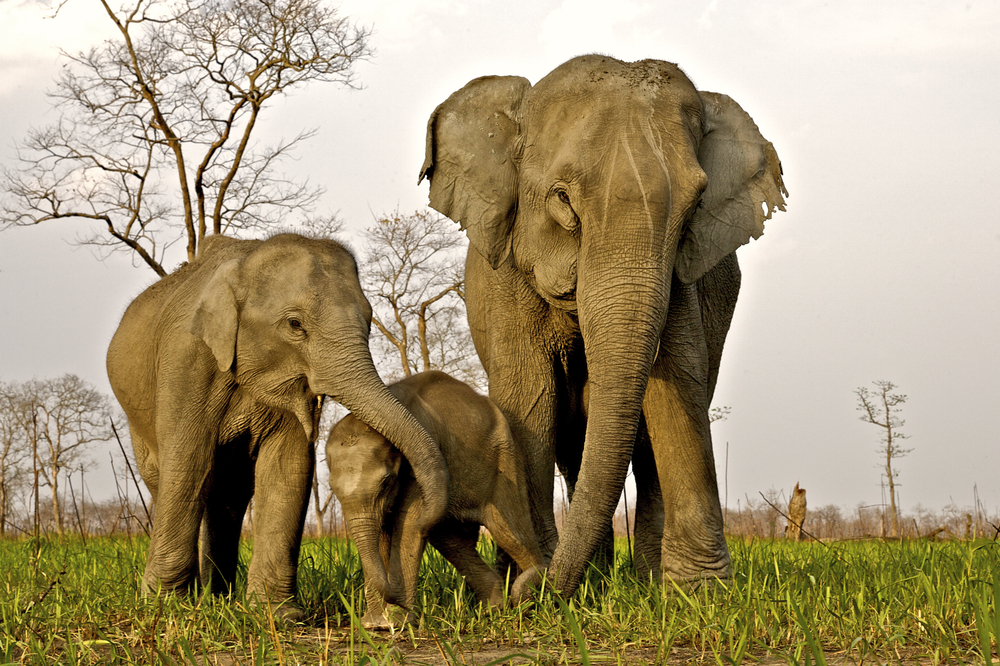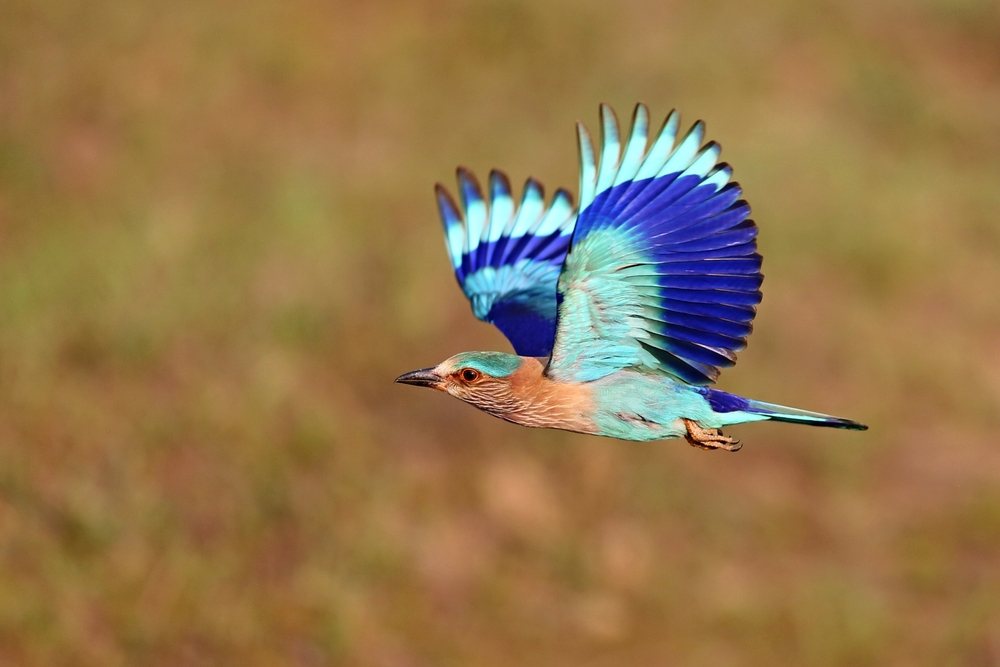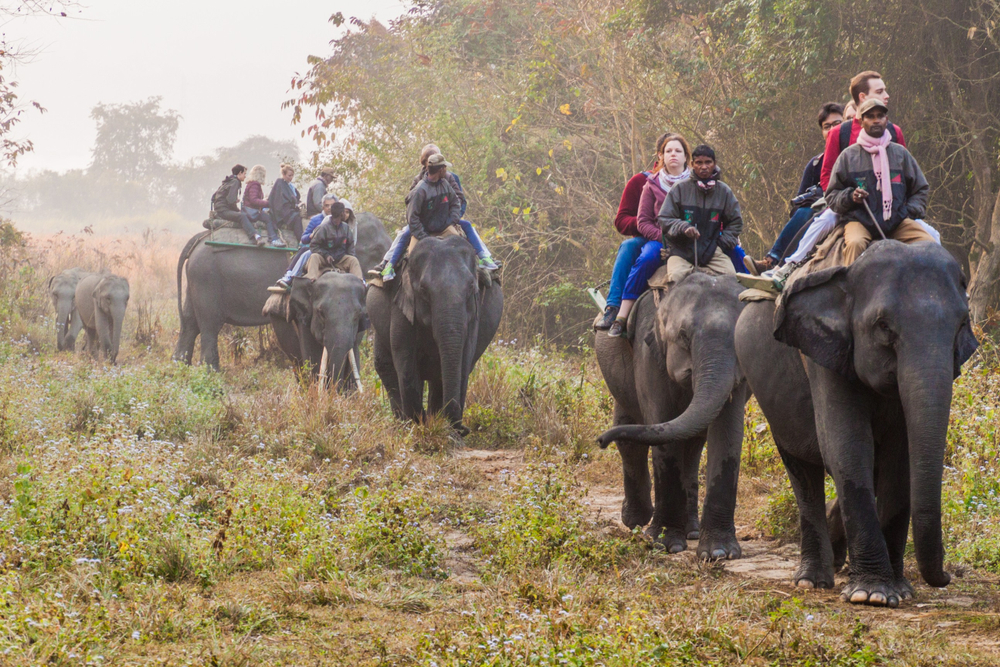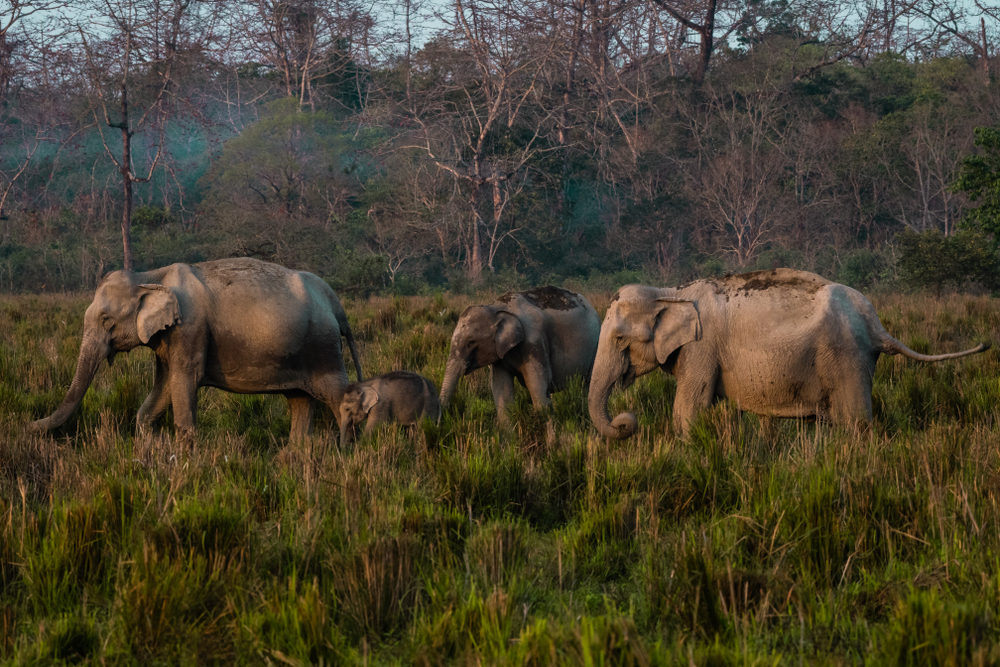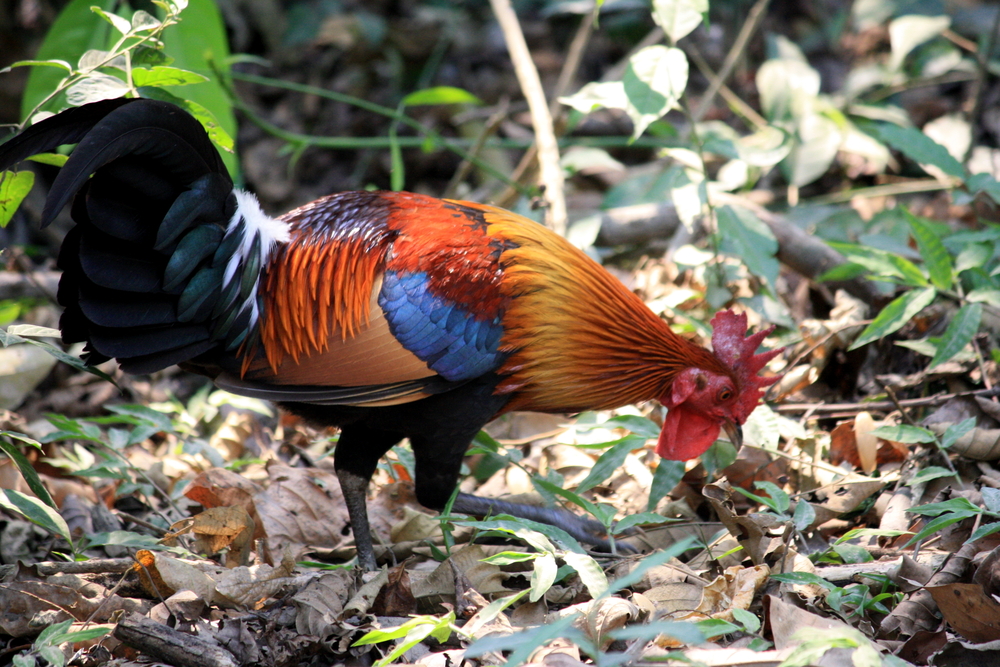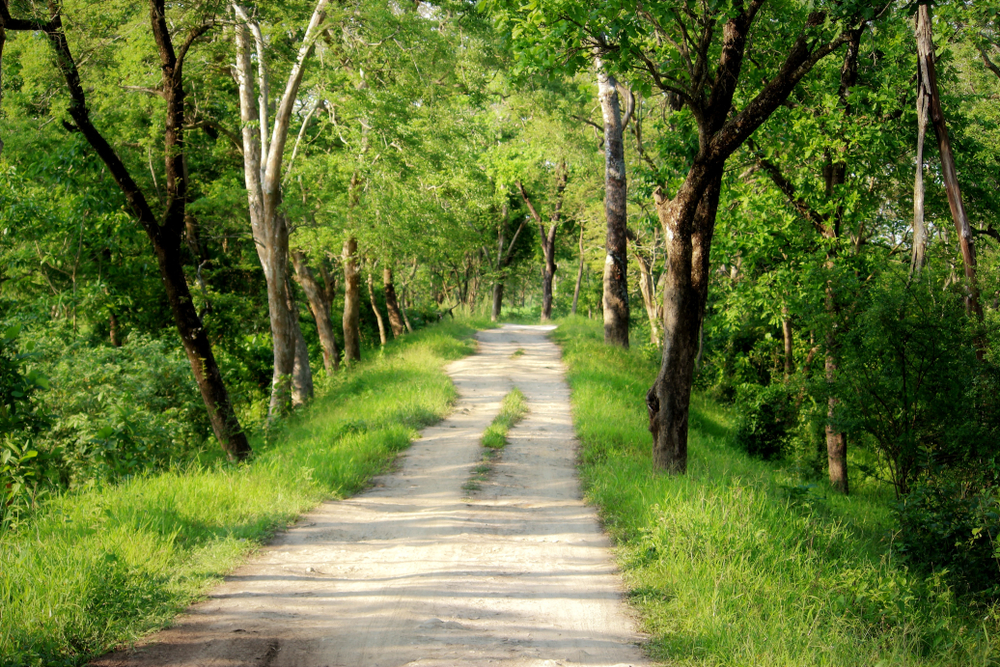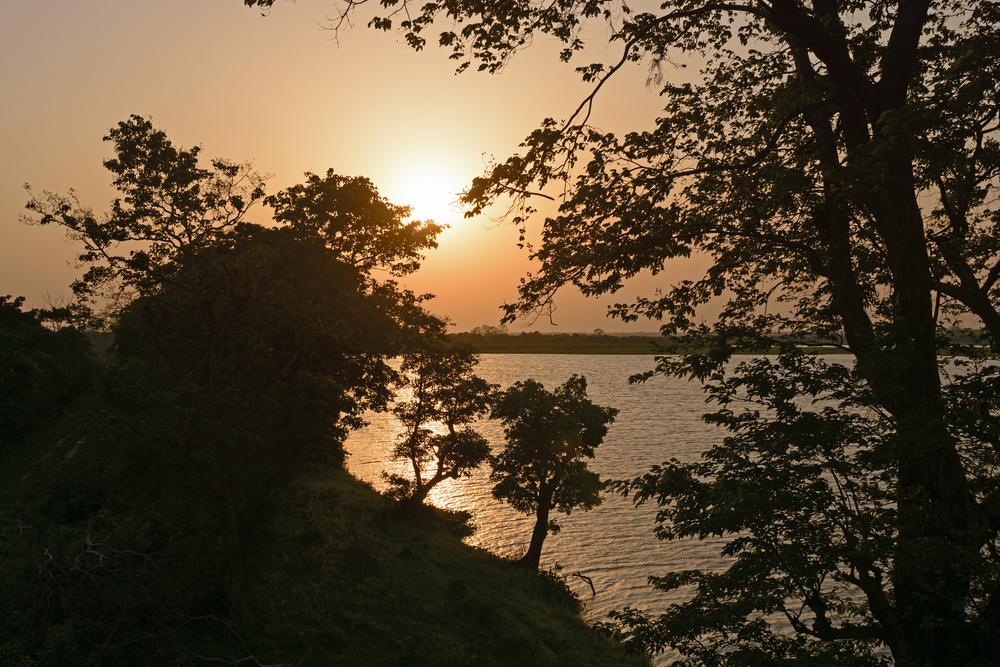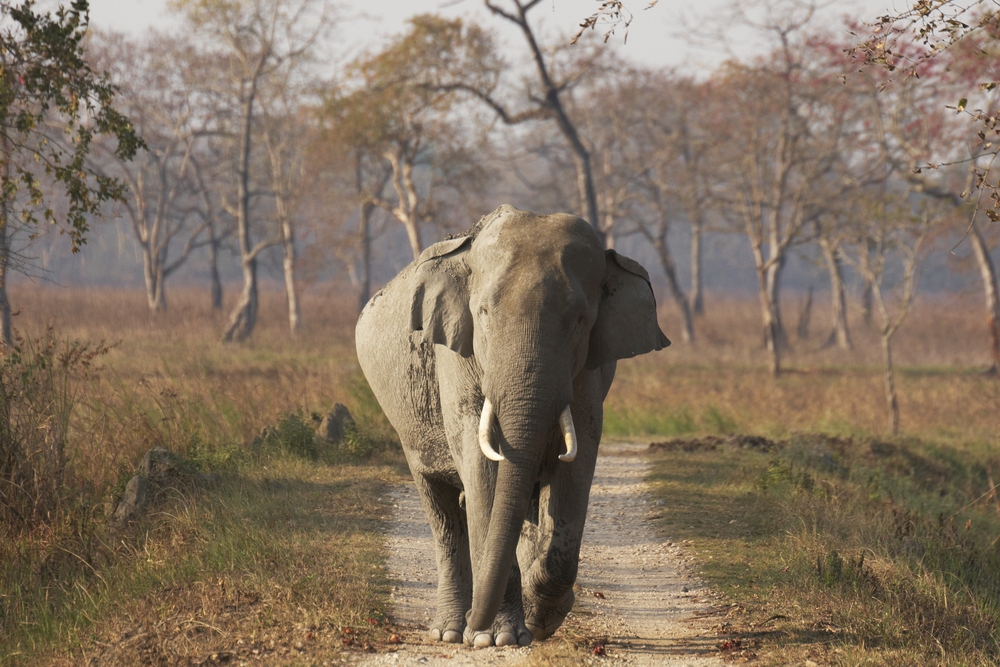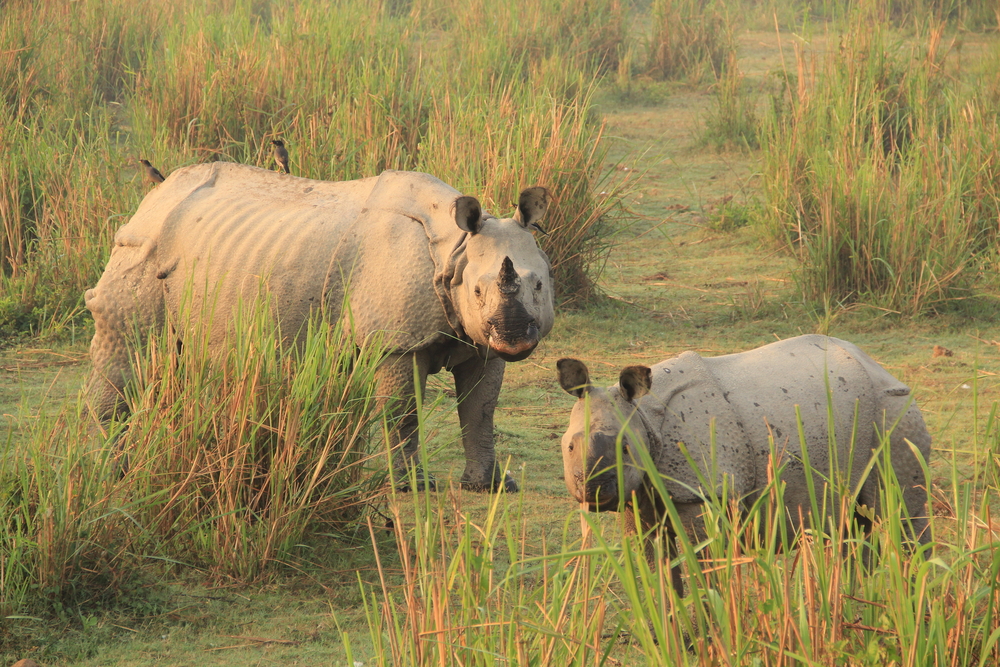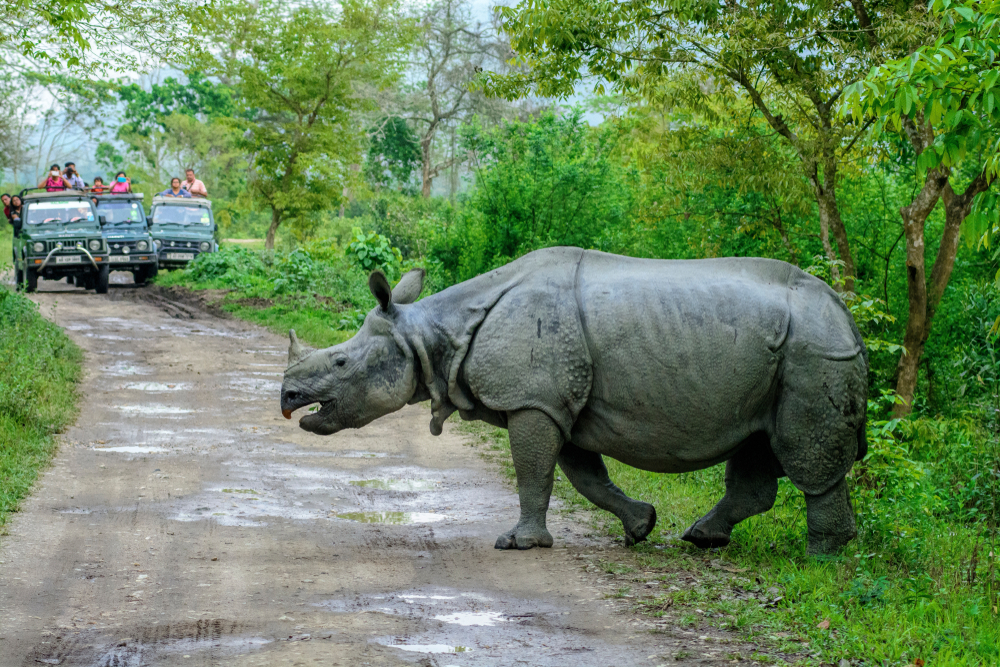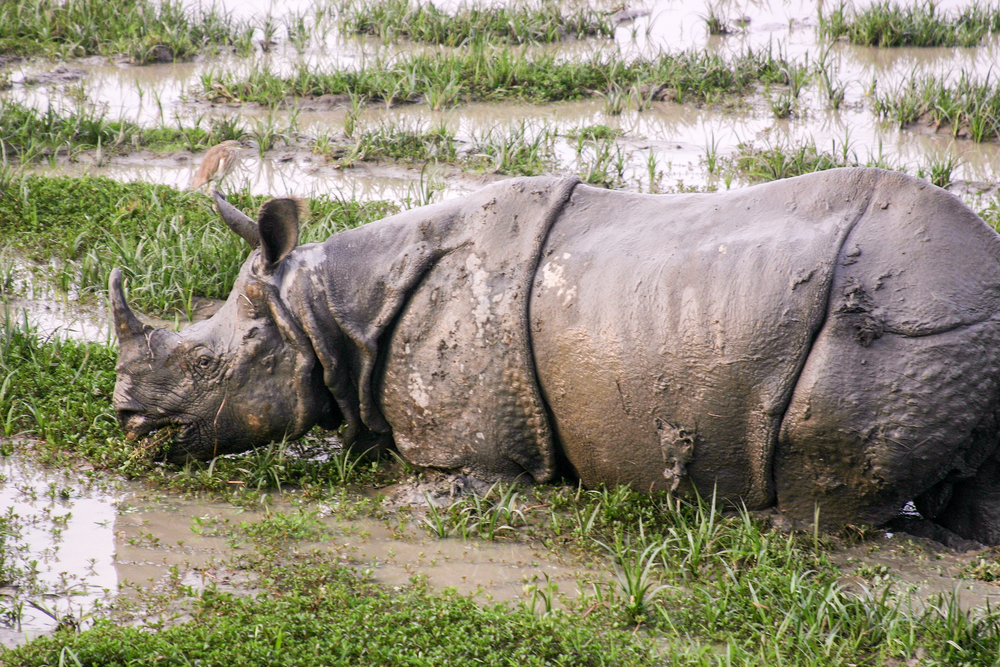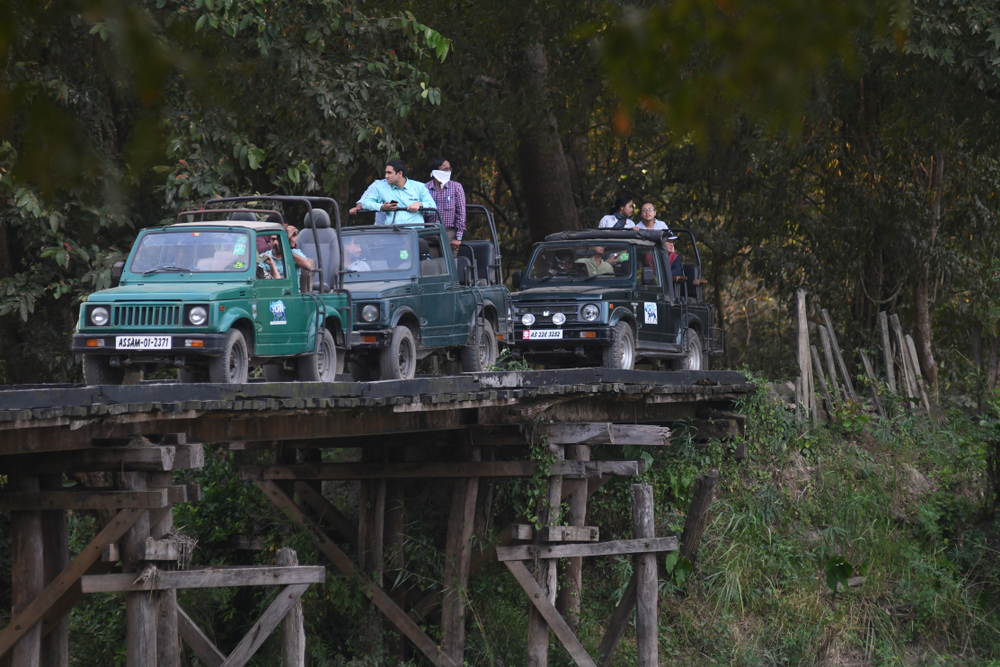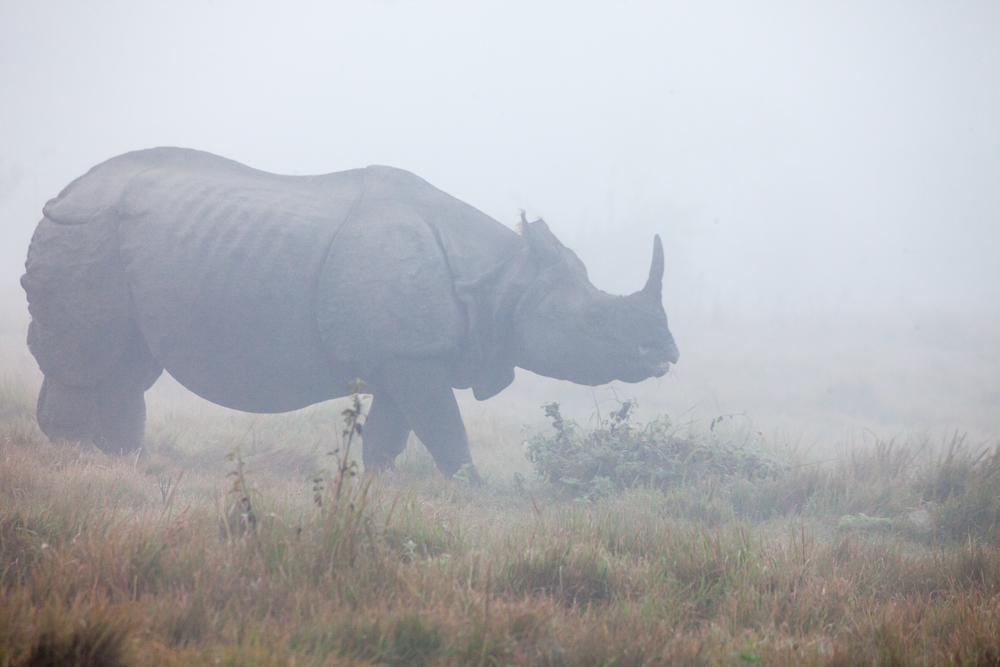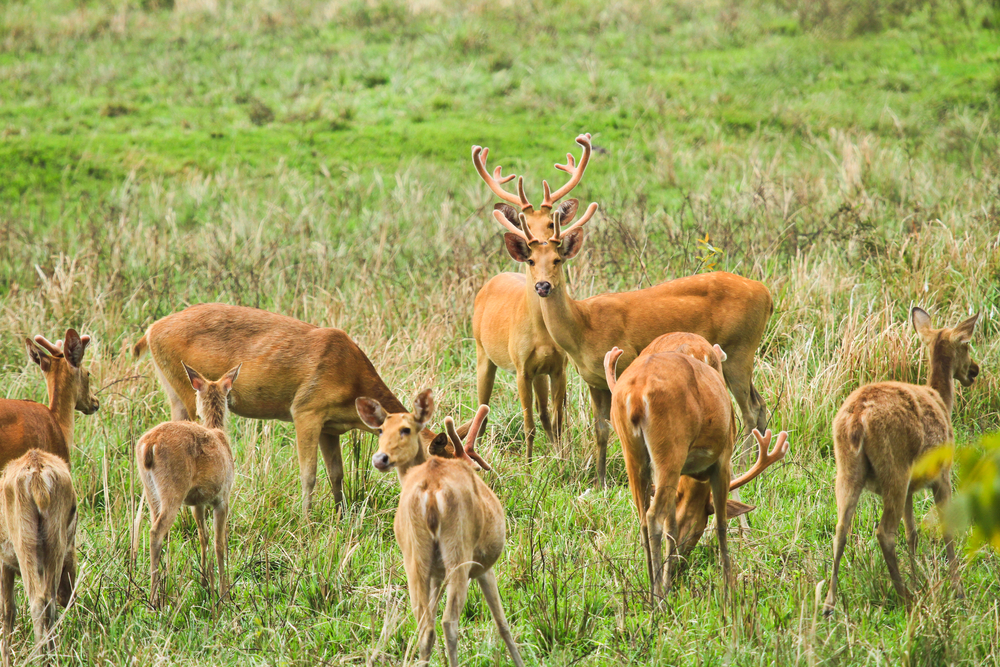Kaziranga Overview
Kaziranga National Park, a UNESCO World Heritage Site since 1985, is a significant natural habitat located in the state of Assam, India. Spanning across the floodplains of the Brahmaputra River, the park covers an area of approximately 430 square kilometers (about 166 square miles). Renowned for its successful conservation of the One-Horned Indian Rhinoceros, Kaziranga represents one of the last unmodified natural areas in the north-eastern region of India.
Kaziranga’s landscape is characterized by its vast expanses of tall elephant grass, marshland, and dense tropical moist broadleaf forests crisscrossed by four major rivers, including the Brahmaputra, and numerous small water bodies. This unique ecosystem has been recognized as an Important Bird Area by BirdLife International for its conservation of avian species.
Beyond its iconic rhinoceros population, which accounts for more than two-thirds of the world’s total, Kaziranga is home to a high density of tigers, making it also a Tiger Reserve. Moreover, the park provides habitat for large breeding populations of elephants, wild water buffalo, and swamp deer. Kaziranga’s waters are also rich in fish species that sustain the rare Ganges dolphin.
Kaziranga’s importance extends beyond wildlife conservation. Its varied biodiversity includes significant floral diversity, providing a critical habitat for numerous species of birds, reptiles, and fish, contributing to the ecological balance of the region. Seasonal flooding of the Brahmaputra River enriches the soil, ensuring a lush and productive habitat that supports the dense biomass.
For visitors, Kaziranga National Park offers elephant-back safaris and jeep tours, providing an up-close experience with the wildlife in their natural habitats. The park’s efforts in conservation and its role in promoting awareness and education about the importance of preserving natural habitats have set a benchmark globally.
With its rich biodiversity, successful conservation programs, and stunning natural beauty, Kaziranga National Park stands as a testament to the coexistence of humans and wildlife, offering a glimpse into the vibrant and diverse ecosystems of India’s north-eastern frontier.
Park Map
Kaziranga National Park Highlights
Engaging Kaziranga
Kaziranga National Park Trails
Sources
- Kaziranga National Park, Park site, https://www.kaziranga-national-park.com/, retrieved April 2024.
- Kaziranga National Park, Park site, https://www.kaziranganationalpark-india.com/, retrieved April 2024.
- Tour my India, Kaziranga National Park, https://www.tourmyindia.com/wildlife_sancturies/kaziranga-national-park.html, retrieved April 2024.
- Travelogy India, Kaziranga National Park, https://www.travelogyindia.com/wildlife-tours/national-park/kaziranga-national-park.html, retrieved April 2024.
- UNESCO, Kaziranga National Park, https://whc.unesco.org/en/list/337/, retrieved April 2024.








































































